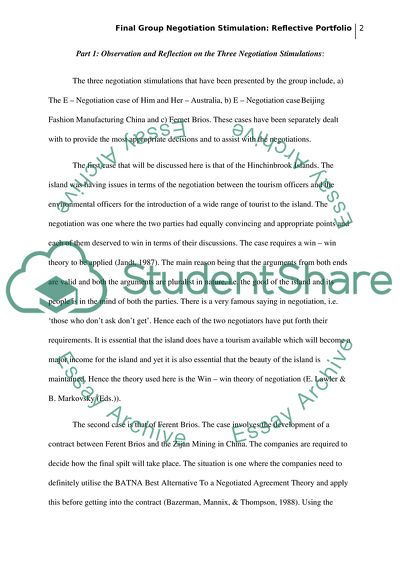Cite this document
(Final Group Negotiation Stimulation: Reflective Portfolio Coursework, n.d.)
Final Group Negotiation Stimulation: Reflective Portfolio Coursework. Retrieved from https://studentshare.org/social-science/1730216-gsbs6483-cross-cultural-negotiation-mgt
Final Group Negotiation Stimulation: Reflective Portfolio Coursework. Retrieved from https://studentshare.org/social-science/1730216-gsbs6483-cross-cultural-negotiation-mgt
(Final Group Negotiation Stimulation: Reflective Portfolio Coursework)
Final Group Negotiation Stimulation: Reflective Portfolio Coursework. https://studentshare.org/social-science/1730216-gsbs6483-cross-cultural-negotiation-mgt.
Final Group Negotiation Stimulation: Reflective Portfolio Coursework. https://studentshare.org/social-science/1730216-gsbs6483-cross-cultural-negotiation-mgt.
“Final Group Negotiation Stimulation: Reflective Portfolio Coursework”. https://studentshare.org/social-science/1730216-gsbs6483-cross-cultural-negotiation-mgt.


